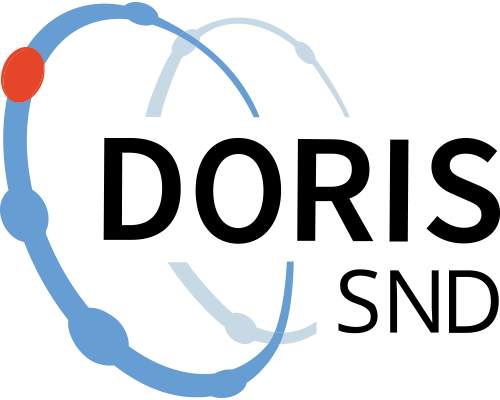Innovation in agri-food systems – A systematic mapping of the literature (1997-2017)
https://doi.org/10.5878/gzkq-dn87
This study systematically explores, analyses, reports on and synthesises research on the topic of sectoral innovation systems related to agriculture and agri-food in OECD countries. It is based on systematic mapping of the literature (academic papers published in scientific journals) in the period 1997-2017. The aim is to show the state of current knowledge on sectoral innovation systems in agri-food, in order to identify knowledge gaps and future areas for research and provide methodological and theoretical perspectives. Abstracts for a total of 320 papers were analysed, using a qualitative approach. Key elements of agricultural innovation systems identified were organised into 8 main themes/topics: agents, basic technologies, knowledge and learning processes, mechanisms of interaction, institutions, end-users, system transition and contextual variables. Areas identified as requiring research included making the sector more consumer- and market-oriented, increasing interactions outside conventional system boundaries, including the consumer perspective and societal changes, and determining the role of gender in innovation in agri-food systems.
All the items included in the mapping were given a unique identification number. The data file (excel) shows the list of items included in the mapping and items removed in the latest stage of the screening process, together with a note on the reason for exclusion. Items only pertaining to innovation at firm level, without special attention to sectoral systems or AKIS, were excluded from the mapping in the screening process and not given an identification number. The items selected for the mapping were entered into the Excel sheet that constitutes the final database and analysed following a protocol. Based on availability of information in the abstracts, the following characteristics were noted: Period of study; country or countries of study; data type (qualitative, quantitative, mixed); data source (qualitative or quantitative); firm size; number of firms in the study; food product/category (e.g. agriculture, organic food, vegetables, wheat, dairy; food industry); research method (e.g. case study, econometric, survey); key elements and outcomes studied; theory/framework applied; and additional notes (not always applied). Key elements in the items included were recorded, based on the abstracts. The key elements, subject or main findings were then summarised in a qualitative interpretation based on the abstracts, which is presented in the second dataset.
Data files
Data files
Documentation files
Documentation files
Citation and access
Citation and access
Data access level:
Creator/Principal investigator(s):
Research principal:
Data contains personal data:
No
Citation:
Language:
Method and outcome
Method and outcome
Data collection - Compilation/Synthesis
Data collection - Compilation/Synthesis
Geographic coverage
Geographic coverage
Administrative information
Administrative information
Topic and keywords
Topic and keywords
Relations
Relations
Publications
Publications
Versions
Versions
Metadata
Metadata
Versions
Versions
